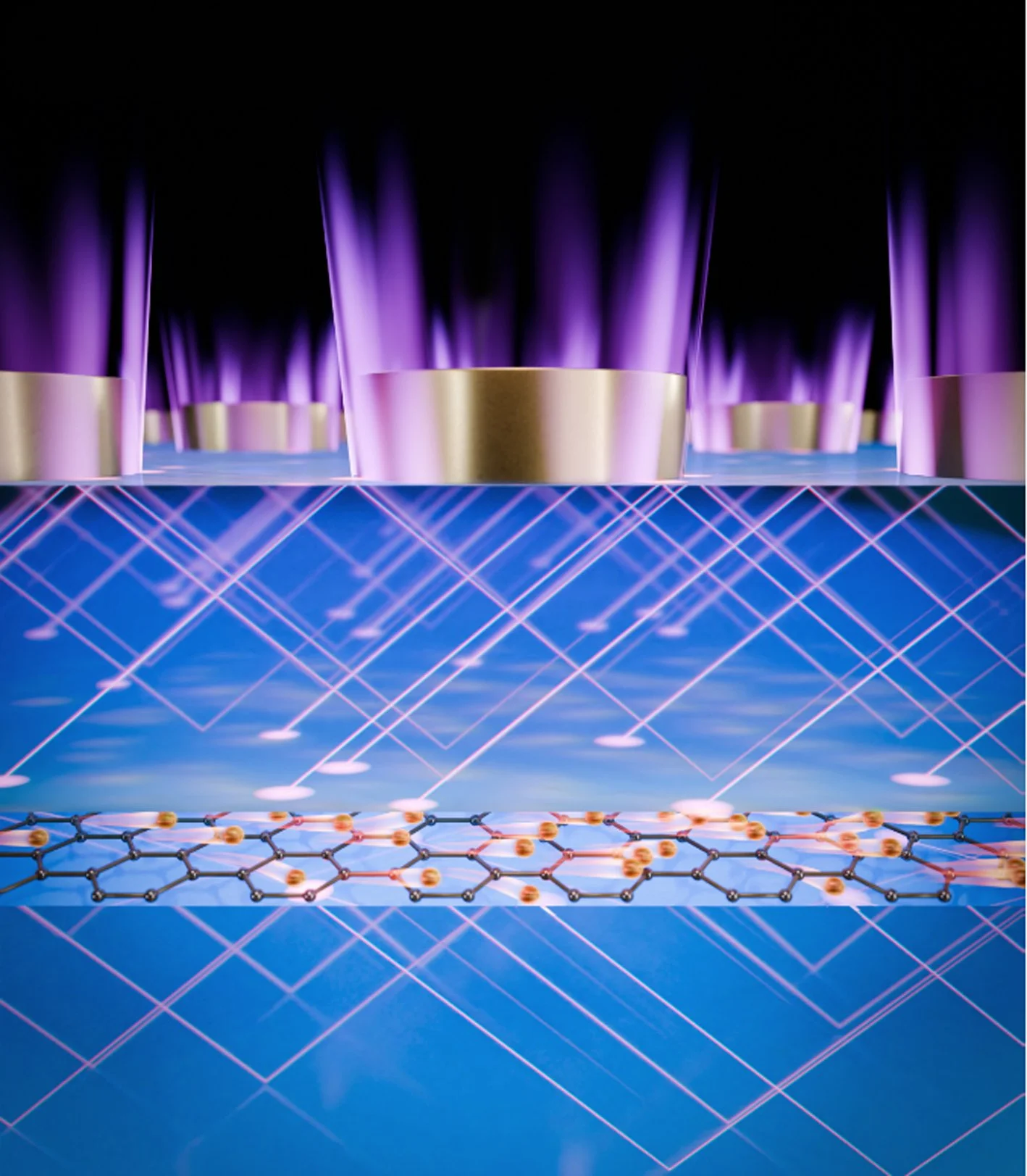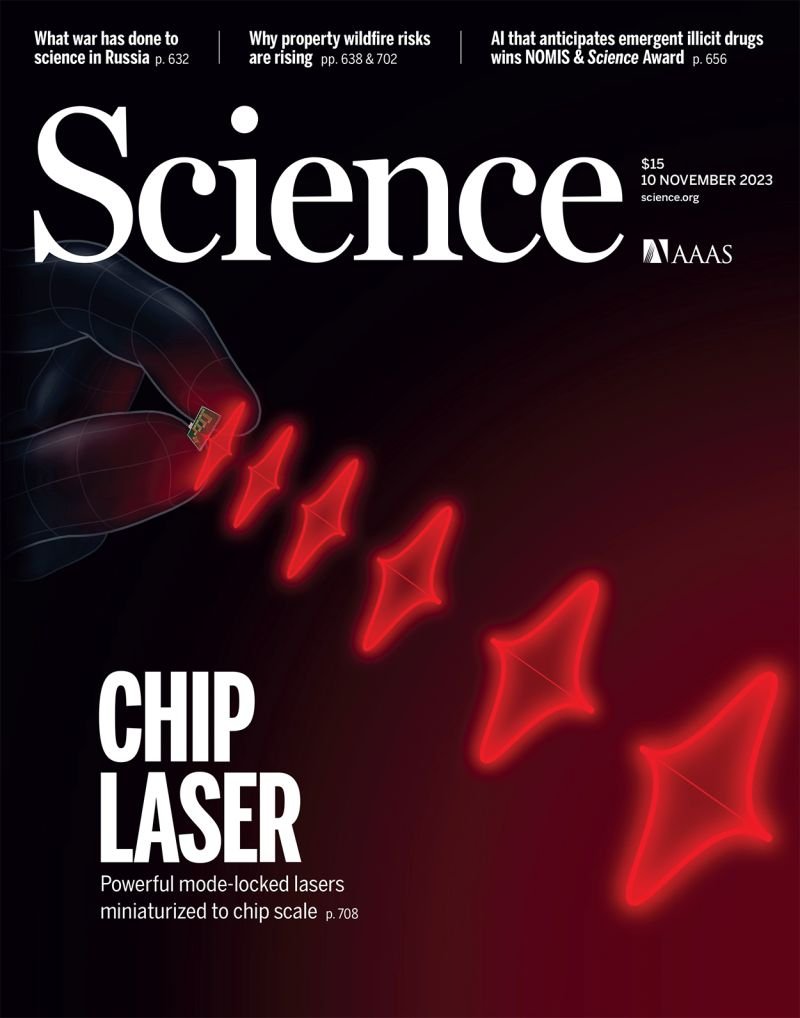March. 20, 2025 "Good Vibrations: Scientists Discover a Groundbreaking Method for Exciting Phonon-Polaritons", CUNY ASRC News
“Newly published research in the journal Nature demonstrates a new way of generating long-wave infrared and terahertz waves, which is an important step toward creating materials that can help realize these technological advances. The work, led by researchers at the CUNY ASRC paves the way for cheaper, smaller long-wave infrared light sources and more efficient device cooling”
Nov. 15, 2023 "Nanophotonic Laser Picks Up the Pace", Optics and Photonics News
“Scientists have reportedly made a nanophotonic mode-locked laser that can produce pulses of near-infrared light just 5 picoseconds long with unprecedented energy and peak power. They did so by combining a semiconductor optical amplifier with a phase modulator made in a lithium niobate circuit”
Nov. 10, 2023 "Photonics Team Develops High-Performance Ultrafast Lasers That Fit on a Fingertip"
CUNY ASRC News
“The new advance will enable pocket-sized devices that can perform detailed GPS-free precision navigation, medical imaging, food safety inspection and more.”
Sep. 15, 2022 "New photonic chip squeezes more out of light" Caltech News
“This technology shows a path forward toward the eventual development of quantum optical processors that run at terahertz clock rates”
— Alireza Marandi, Assistant Professor of Electrical Engineering, Caltech
Aug, 2022 "New optical switch could lead to all-optical signal processing" Caltech News
“The net result is the creation of a nonlinear splitter in which the light pulses are routed to two different outputs based on their energies, which enables switching to occur in less than 50 femtoseconds (a femtosecond is a quadrillionth of a second). By comparison, state-of-the-art electronic switches take tens of picoseconds (a picosecond is a trillionth of a second), a difference of many orders of magnitude.”
October, 2018 "Electrically detecting infrared light" Nature Materials News & Views
“Researchers have developed a graphene plasmonics detector that is suitable for fast-response and high-resolution detection of infrared photons at room temperature.”
June, 2017 "A new bandgap tuning knob" Nature Photonics News & Views
“An external ‘tuning knob’ by means of applying a transverse electric field has been experimentally demonstrated to modify the bandgap of black phosphorus, making the two-dimensional material practical for integration in functional nanodevices.”
April, 2017 "A once forgotten element holds promise for the future of electronics"
Yale News, Myscience.org, Technology.org
“That opens up many potential applications for black phosphorus, such as imaging tools, night vision devices, mid-infrared optical modulators, on-chip spectroscopy tools, and other optoelectronic technologies.”
July, 2015 "First Transistor Fabricated From Black-Arsenic Phosphorus" IEEE Spectrum
“The gap between the valence and conduction bands does not need to be so small. Simply by adjusting the arsenic concentration, the researchers can precisely control the size of the band gap.”









